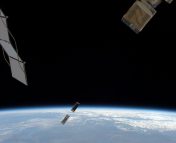tl;dr: if you’re eligible, apply, it’s amazing
As a kid growing up in the 90’s I was very aware of NASA.
The iconic imagery of the space shuttle, the history of the Apollo missions, regular Hollywood appearances, and the Sojourner rover ‘3D’ images in National Geographic.
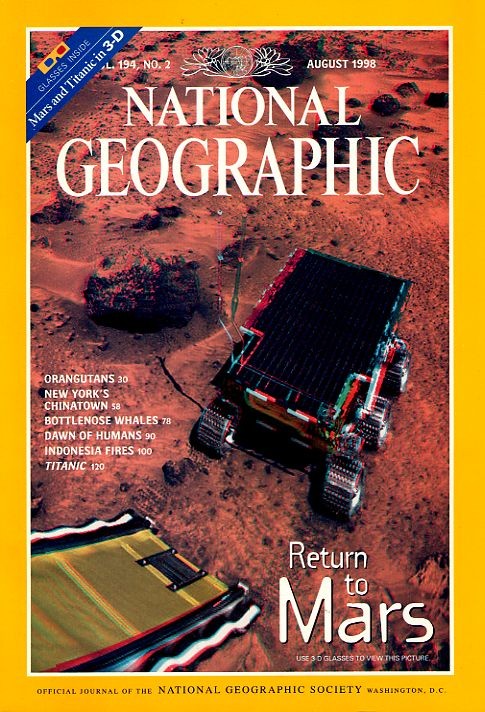
National Geographic, August 1998.
But as that little boy growing up in the UK with a British passport, I was told I couldn’t work there.
It wasn’t until I was probably about 12 or 13 before I’d heard about the European Space Agency (ESA), and I immediately knew I wanted a future job there.
Fast forward to 2013, and with an undergraduate degree in Astrophysics nearly under my belt, I started my first attempt on an application to the Young Graduate Trainee (YGT) scheme at ESA.
My experience
To cut a long story short, I ended up applying 3 years in a row. The first time I was finishing my bachelor’s degree, the second time I was travelling somewhere in the world not sure what I was doing with my life, and the third time I was back at university getting the much-needed masters degree.
The application is fairly standard, and obviously, an important time to showcase your motivation to work there and your personal experience that might help you be an effective staff member.
Likewise, the interview process was typical, with an initial phone interview (which involved a lot of nerves and pacing around for me…), and a pre-Covid face-to-face interview in the Netherlands.
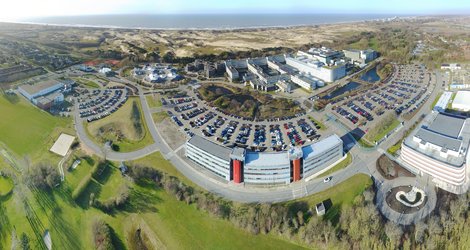
The European Space Research and Technology Centre (ESTEC), in the Netherlands
I remember the warm May afternoon in 2015 when I got my offer email like it was yesterday. I was walking out of a Space Systems Engineering exam and had two unread emails; a job rejection (boo) and the offer. Hands down one of the best moments of my life.
The year itself was full of opportunity, both professional and personal. I spent my days in the lab and office working to characterise infrared detectors for astronomy, and my evenings and weekends socialising with the amazing group of fellow YGTs. I travelled to present my first paper at a conference in Edinburgh and to Belgium to perform irradiation tests on some hardware. I also travelled with new friends to Hamburg for the Christmas markets, Berlin for the airshow, and Tromsø to see the northern lights.
If you’re remotely interested in this opportunity, I’m sure you won’t need any further inspiration to apply, so all that’s left to say is: Go for it!
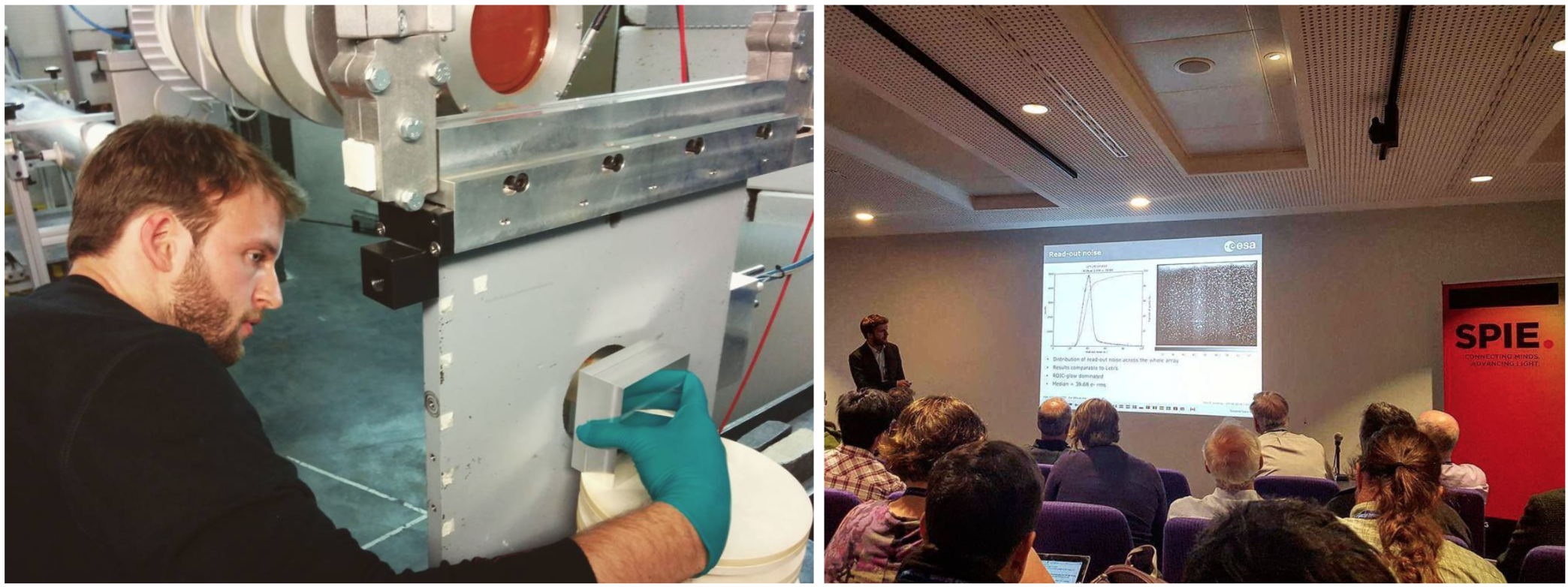
Performing the tests (left), presenting the results (right).
What is the programme?
The YGT programme “offers young graduates the opportunity to gain valuable on-the-job experience in the development and operation of space missions in an international and multicultural environment”.
Essentially it’s a 12 month (some flexibility on this) paid (tax-free) job working directly at ESA as a member of staff, with a chance to work on real space missions. The roles are incredibly varied and span the full spectrum of ESA’s scope, and are available at all of their hubs across Europe.
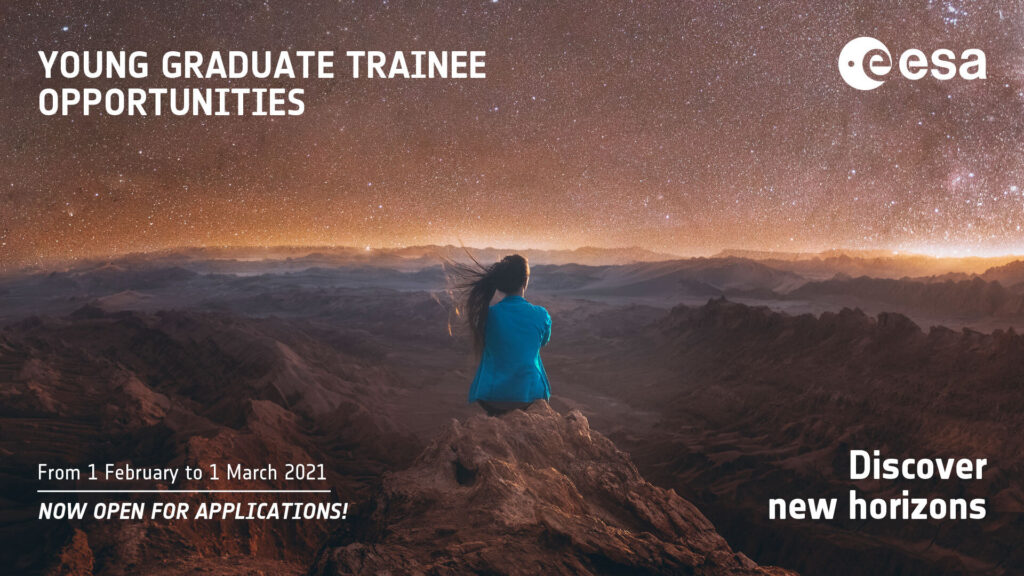
ESA’s 2021 YGT poster
How do I apply?
Unfortunately, like NASA, it has a nationality limitation for applicants. It does, however, extend to 29 different countries including Canada as a ‘Cooperating State’ (lucky Canadians).
The general timeline is:
- February – March: Publication of YGT opportunities on Careers at ESA
- March – May: Pre-selection and interviews of shortlisted candidates
- June: Outcome of interviews and final selection made by ESA
- September – October: Take up duty for successful candidates
The deadline for some of the vacancies in the main round of applications for this year has just passed at the start of March, but there are still lots of vacancies left! Also, I have noticed other opportunities trickling out during the year so a good idea would be to set up a job alert.
Note: you can only apply for one position, so my advice is to make a shortlist of your favourites and narrow it down considering all the different requirements and which ones interest you the most.
So maybe you’ve already applied, if not, then now is a great time to check out the vacancies and come up with a plan to tick off the various requirements for positions interesting to you until you’re ready to apply.
Afterwards, people go into industry, start PhDs, start companies and some stay to make a career at ESA. Whatever your long term goals are, a year working at Europe’s leading space body will set you up nicely.
Astrobite edited by Gloria Fonseca Alvarez
Featured image credit: ESA

